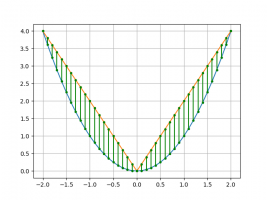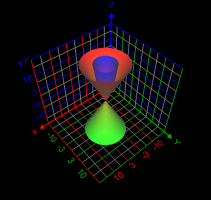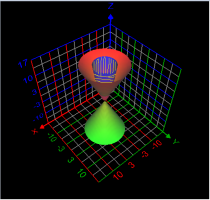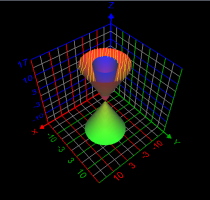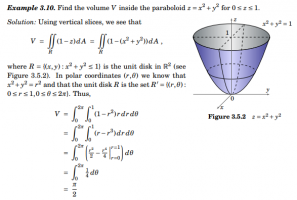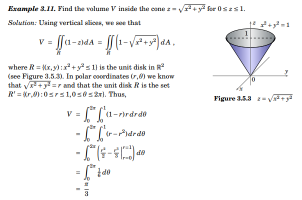Win_odd Dhamnekar
Junior Member
- Joined
- Aug 14, 2018
- Messages
- 212
Find the volume of the solid bounded by the \(\displaystyle z = x^2 +y^2\) and \(\displaystyle z^2 = 4(x^2+y^2)\)
My attempt to answer this question:
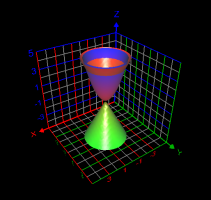
\(\displaystyle \displaystyle\int_0^{2\pi}\displaystyle\int_0^2\displaystyle\int_0^4 1\rho^2\sin{(\phi)} d\rho d\phi d\theta =-\frac{128\pi\cos{(2)}-128\pi}{3}= 189.822143919 \)
Is this answer correct?
My attempt to answer this question:

\(\displaystyle \displaystyle\int_0^{2\pi}\displaystyle\int_0^2\displaystyle\int_0^4 1\rho^2\sin{(\phi)} d\rho d\phi d\theta =-\frac{128\pi\cos{(2)}-128\pi}{3}= 189.822143919 \)
Is this answer correct?
Last edited:

